Blog
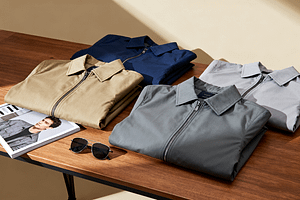
5 Essential Factors to Know When Purchasing Men’s Casual Jackets
This article explores five key factors retailers and brands must consider when sourcing men’s casual jackets: fit and sizing consistency, fabric selection, design versatility, functionality, and market positioning. It highlights how these elements influence consumer satisfaction, brand reputation, and sales performance.

Velour Fabrics: The Fabric That Blends Comfort and Luxury
Velour fabrics combine the softness of knitwear with the elegance of luxury textiles, making them a timeless favorite across fashion and design. Originating as an accessible alternative to velvet, velour has evolved from theater curtains and 1970s tracksuits to modern high-fashion reinterpretations. Its unique qualities—plush texture, natural stretch, warmth, and subtle sheen—set it apart from other fabrics.
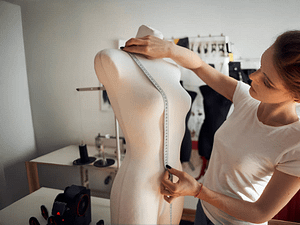
The 15 Most Easily Overlooked Details in Pattern Making
This article outlines 15 commonly overlooked yet critical details in the pattern making process that can lead to costly production errors, delays, and inconsistent fit. Organized into four categories—Tech Pack & communication issues, fit miscalculations, fabric behavior misjudgments, and construction-level omissions—the article offers practical solutions for each.

The Textile Trio: Yarn Count, Fabric Weight, and Hand Feel in Focus
This article explores the “textile trio” of yarn count, fabric weight, and hand feel, three key factors that define fabric quality and performance. It explains how yarn count measures the fineness of yarn, how fabric weight indicates density and suitability, and how hand feel reflects the tactile experience of a fabric.
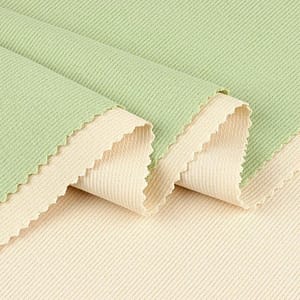
French Terry Fabric: Relaxed Style with Practical Edge
French Terry is a soft, breathable, and versatile knit fabric known for its looped interior and smooth exterior. Ideal for casual wear, loungewear, and athleisure, it offers comfort, moderate warmth, and moisture absorption without bulk. Durable and adaptable, French Terry remains a wardrobe favorite, blending relaxed style with practical performance across modern fashion trends.

From Stone Wash to Enzyme Wash—Quick Reference Guide to Garment Washing Techniques
This article provides a quick reference to garment washing techniques, from stone wash to enzyme wash, explaining how each method shapes fabric texture, color, and style. It covers the purpose of garment washing, outlines common techniques with their pros and cons, and presents a comparison table for easy reference.
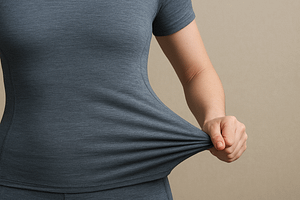
The Fit Trap of High-Elasticity Fabrics: Why Recovery Matters
High-elasticity fabrics are everywhere in modern apparel, offering comfort and flexibility—but not all fabrics recover their shape. Poor rebound and low recovery rates can lead to sagging, looseness, and disappointed customers. Understanding fiber choice, yarn structure, fabric construction, and finishing treatments is key to avoiding these fit traps.
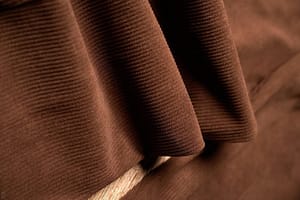
Corduroy Fabric: A Timeless Blend of Warmth and Style
Corduroy is a timeless, ribbed fabric known for its warmth, durability, and versatile style. From historical workwear to modern fashion, its distinctive wales and soft texture make it ideal for clothing, accessories, and home décor. With proper care, corduroy remains comfortable, stylish, and long-lasting, bridging classic charm and contemporary trends.

Key Factors Affecting Fabric Handfeel (Softness, Drape, and Stretch)
This article explores the key factors affecting fabric handfeel, focusing on softness, drape, and stretch—the three qualities that define the tactile experience of textiles. It explains how fiber selection, yarn properties, fabric construction, and finishing techniques influence each property, and how these factors interact to create the overall feel.
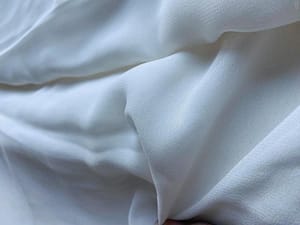
Georgette Fabric: Delicate Beauty, Lasting Versatility
Georgette fabric is celebrated for its lightweight, sheer texture and flowing drape, making it a favorite in both high fashion and everyday wear. Originating from early 20th-century France, it was initially crafted from silk but now also includes polyester, rayon, and blended options. Known for its slightly crinkled surface, durability, and vibrant color absorption, Georgette is highly versatile.

Common Elastic Yarns Used in Sportswear: Spandex, Creora, ROICA—How to Choose?
Elastic yarns are key to sportswear performance, providing stretch, recovery, and comfort. Leading options—Spandex, Creora, and ROICA—offer distinct advantages in durability, softness, and sustainability. Choosing the right yarn involves balancing stretch, resistance, comfort, eco-friendliness, and cost to meet garment and brand requirements.
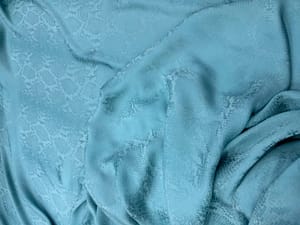
Cupro Fabric: Fashion’s Hidden Gem
Cupro fabric is an elegant, sustainable textile made from cotton linter, a byproduct of cotton processing. Known for its silky texture, breathability, and luxurious drape, Cupro serves as a versatile alternative to silk and synthetic fabrics. Its production involves a closed-loop chemical process that minimizes environmental impact by recycling solvents and repurposing waste fibers.
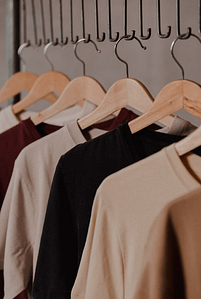
Breakdown of the Total Cost of a Sweatshirt: From Fiber to Platform Fees
This article breaks down the full cost structure of a sweatshirt, covering raw materials, manufacturing, and external operational expenses such as logistics, platform fees, and return risks. It explains how understanding detailed cost components helps brands make informed decisions on pricing, design, and production strategies. With insights tailored to fast fashion, DTC, and premium segments, the article highlights the importance of cost transparency and the growing role of digital tools in modern apparel operations.
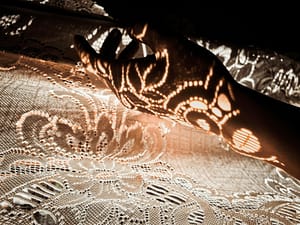
Lace Fabrics: Delicate Beauty, Timeless Elegance
This article explores the enchanting world of lace fabric—an openwork textile renowned for its intricate patterns and sheer elegance. Originating in Europe centuries ago, lace evolved from painstaking handmade art to sophisticated machine production, maintaining its status as a symbol of luxury and refinement.Various types of lace, from Chantilly to Eyelash and Leavers, offer diverse textures and aesthetics suited for bridalwear, lingerie, fashion accessories, and home décor. Despite its delicate nature and care requirements, lace remains beloved for its lightness, breathability, and ornamental charm.

Outerwear for Men: Functional Fashion That Works – Business-Facing Outline
This article explores the business value and market potential of men’s outerwear, emphasizing the importance of combining function and fashion. It outlines key product categories—such as parkas, trench coats, bombers, and overcoats—and highlights essential features buyers prioritize, including insulation, waterproofing, and sustainability certifications. The discussion extends to fabric selection, manufacturing insights, and the growing demand for adaptable, climate-ready garments. With strategic product planning and quality sourcing, outerwear remains a high-impact category for apparel businesses seeking to expand their menswear offerings.
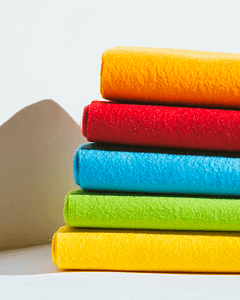
Felt Fabrics: Soft Structure with Endless Possibilities
This article explores felt fabric—a unique non-woven textile known for its dense, soft structure and versatile uses. Originating from ancient times, felt is made by matting fibers together, resulting in a durable, insulating fabric that doesn’t fray when cut.Various types include natural wool felt, needle-felt, synthetic felt, and blends, each serving different purposes across fashion, home decor, crafting, and industrial applications.
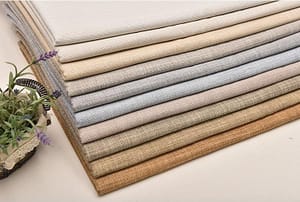
Jute Fabrics: Natural Strength, Earth-Friendly Style
This article explores the enduring value and versatility of jute fabric—a natural, biodegradable textile known for its coarse texture and impressive strength. Originating from South Asia, jute has evolved from a traditional packaging material into a modern sustainable option for fashion, home decor, agriculture, and industry.
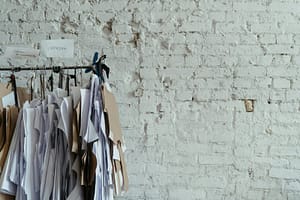
Pattern Grading: The Key to Perfect Fit Across Sizes
This article explores the essential role of pattern grading in apparel production, highlighting how it ensures consistent fit across a range of garment sizes. It explains what pattern grading is, how it works, the techniques and methods used, and the importance of accurate grade rules. With the rise of digital tools and inclusive sizing, grading has become more efficient and impactful than ever.

Fabric Sourcing Fundamentals: A Practical Guide for Apparel Professionals
This article provides a comprehensive overview of fabric sourcing knowledge essential for apparel manufacturers and brands. It covers the types of fabric sources, key factors to consider when sourcing, and the specific challenges involved with different fabric types. The article also outlines the step-by-step sourcing process, highlights the importance of fabric testing and compliance, and discusses common pitfalls to avoid. Equipped with this knowledge, businesses can make smarter sourcing decisions to ensure quality, efficiency, and successful garment production.
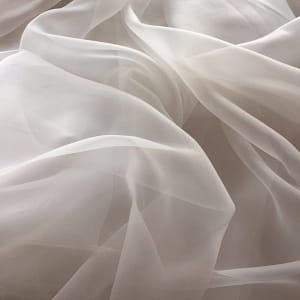
Organza Fabrics: Gossamer Light with Lasting Impact
This article explores organza—a sheer, crisp fabric traditionally made from silk and now also available in synthetic forms. Known for its lightweight structure and subtle shimmer, organza is widely used in bridalwear, formal gowns, and decorative design. The piece traces organza’s origins, outlines its production process, characteristics, and types, and highlights its continued relevance through sustainable innovations and evolving fashion applications. Despite its delicacy, organza’s dramatic visual impact and timeless elegance ensure its lasting appeal.
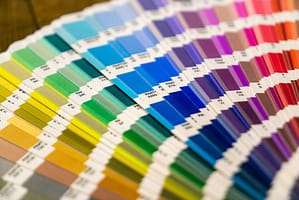
Understanding Color Theory for Fashion Success
This article explores how color theory enhances fashion design and styling, covering essential concepts such as the color wheel, harmonies, warm and cool tones, and color psychology.Practical tips are included to help apply color theory in wardrobe building and fashion branding.
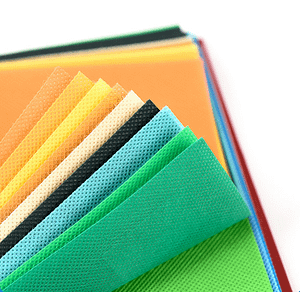
Polypropylene Fabrics: Tough Fibers for Modern Needs
Polypropylene fabric is a versatile synthetic textile known for its lightweight, water-resistant, and durable properties. Developed in the mid-20th century, it has become essential in industries like healthcare, agriculture, fashion, and packaging. Available in woven and nonwoven forms—such as spunbond and meltblown—polypropylene serves a range of uses from surgical masks to reusable bags. With ongoing innovations in eco-friendliness and performance, polypropylene fabric continues to meet the evolving needs of modern applications.

From Proto to Pre-Production: 12 Key Garment Samples Explained
This article outlines the essential types of garment samples used throughout the apparel production process. From early-stage proto and fit samples to finalized pre-production and shipment samples, each type plays a critical role in refining design, ensuring fit, verifying quality, and aligning manufacturers with brand expectations. By understanding these 12 sample types, fashion professionals can reduce production risks, enhance communication, and improve overall garment quality.
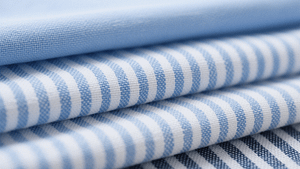
Chambray Fabrics: Where Breathability Meets Moisture-Wicking
Chambray fabrics are a breathable, moisture-wicking material ideal for warm-weather clothing and stylish home textiles. With roots in 16th-century France, chambray has evolved from fine linen to modern cotton and blended versions, offering versatility across fashion and decor. Its plain weave structure ensures comfort, while variations like Tencel and linen chambray enhance performance. Easy to care for and available in many forms, chambray remains a timeless choice for those seeking lightweight function with understated elegance.
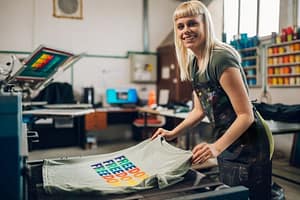
Understanding Garment Printing: Techniques and Workflows
This article explores the key methods used in garment printing—including screen printing, DTG, heat transfer, and sublimation—and outlines the complete production workflow from design to quality control. It provides guidance on choosing the right technique based on fabric, design, and order volume, and examines the pros and cons of each method.
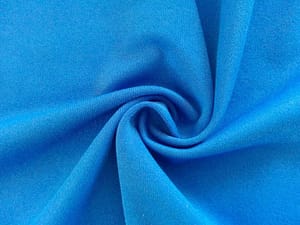
PBT Fabrics: Versatility in Motion
PBT (Polybutylene Terephthalate) fabrics are known for their flexibility, durability, and versatility. Widely used in activewear, swimwear, and medical textiles, PBT offers a unique combination of stretch, strength, and comfort. In this article, we’ll explore the key features, production process, and diverse applications of PBT fabrics.
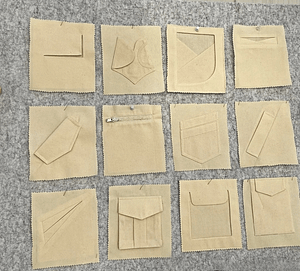
Understanding 9 Pocket Structures in Fashion Design
This article explores nine fundamental pocket structures in fashion design—ranging from classic patch pockets to sophisticated envelope chest pockets. Each type is explained with its design features, common applications, and manufacturing considerations. Tailored for fashion professionals and apparel businesses, the guide provides valuable insights into functional and aesthetic choices in garment construction.
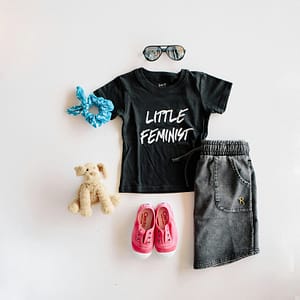
The Journey to Creating a Unique Children’s Fashion Label
This article explores the journey of building a unique children’s fashion label, from identifying a niche and designing collections to branding, sampling, and launching. It highlights the importance of small-batch, ethical production and strategic growth. Tailored for startup brands, the guide emphasizes clear positioning, storytelling, and scalable manufacturing practices.
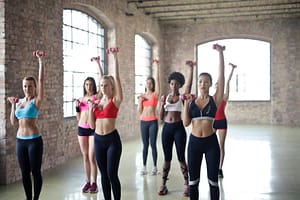
The Ultimate Guide to Sports Bra Styles
This article provides an in-depth guide to the different types of sports bras, focusing on their construction methods, support levels, design variations, and specialized styles. It outlines key considerations for product development—including material selection, sizing strategy, and production scalability—tailored for brands and designers in the apparel industry.
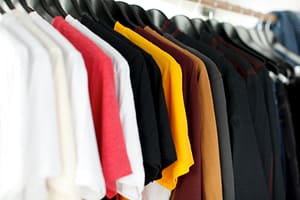
Crafting the Perfect T-Shirt: Design, Materials, and Manufacturing
This article breaks down the key steps in crafting a standout T‑shirt: defining the perfect fit and design details; selecting optimal fabrics and knit structures; choosing the right printing and finishing techniques; and enforcing quality checks while managing costs. It emphasizes how each decision—from cotton type to stitch density—impacts comfort, durability, and style.

How Fashion Brands Are Going Green with Eco Packaging
This article explores how fashion brands are embracing sustainable packaging to meet rising environmental standards and consumer expectations. It highlights key eco‑friendly solutions—like recycled materials, compostable mailers, and reusable packaging—and explains how these choices reduce waste, lower costs, and boost brand value. With regulations tightening and demand for green practices growing.
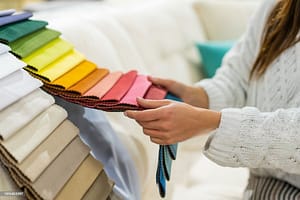
Fashion Without Weight: The 15 Lightest Fabrics for Hot Weather
This article highlights the 15 lightest fabrics ideal for hot-weather clothing, emphasizing their breathability, comfort, and stylish appeal. Fabrics like cotton voile, chiffon, and Tencel offer versatility, moisture-wicking, and eco-friendly benefits, catering to modern consumer demands for lightweight, breathable options. It also explores how incorporating these fabrics can help apparel manufacturers enhance their product offerings and meet the growing trend for sustainable, functional fashion.
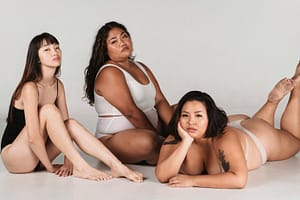
Building a Profitable Plus-Size Clothing Brand: Challenges and Strategies
This article explores the current trends and opportunities in the plus-size clothing market, offering insights into key strategies for building a profitable plus-size clothing brand. It discusses the importance of inclusivity, effective marketing, and product diversification, while highlighting financial considerations such as production costs and pricing strategies.

Ribbed Fabrics: Unique Patterns, Timeless Appeal
Ribbed fabrics are known for their distinctive texture, featuring raised parallel lines that add both visual interest and comfort. With their versatility and timeless appeal, ribbed fabrics continue to be a popular choice in fashion and home textiles.

A Creative Guide to Designing Pants: 15 Styles to Explore
This article explores 15 pants design ideas that can inspire your next pants collection, from classic straight-leg and slim-fit styles to more innovative designs like wrap pants and split-hem options. It highlights the importance of fabric selection, fit, and customization opportunities for clients, while offering actionable design tips to ensure product success. With insights on how to stay ahead of market trends and create versatile, functional pants, this guide serves as a resource for apparel businesses seeking to meet evolving customer demands and elevate their collections.

3 Key Strategies for Activewear Brands to Achieve Carbon Neutrality by 2030
With the EU mandating carbon neutrality by 2030, activewear brands must act now to future-proof their operations. This article explores the key challenges in manufacturing emissions and outlines three core strategies to achieve carbon neutrality: adopting sustainable materials, optimizing energy and water use, and implementing emissions tracking and offsetting. Through real-world examples and industry insights, it emphasizes a data-driven approach and highlights the growing urgency for sustainable transformation in activewear production.

Swimsuit Breakdown: Understanding the Variety of Styles and Fits
This article explores various swimsuit types, from bikinis and one-pieces to sporty rash guards, and offers tips on choosing the right fit for different body shapes. It also covers fabric choices for comfort and durability, and highlights current trends, including high-waisted bikinis, cut-out one-pieces, and textured fabrics. Perfect for those looking to understand swimsuit styles and design options.
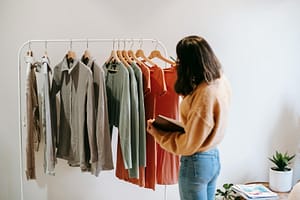
From Concept to Market: Key Steps in Developing Your Clothing Line’s Business Plan
Developing a business plan for your clothing lineLaunching a successful clothing brandThe route to launching a successful clothing brandDefining the emphasis, scale and long-term ethics of expansion such as brandingProvides a roadmap for launching a successful clothing brand provides the roadmap.
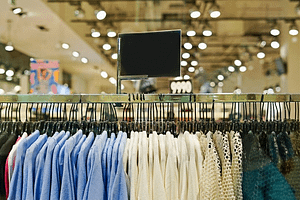
Inside Fast Fashion: How Manufacturers Drive Trends
Fast fashion manufacturing is a driving force behind the rapid evolution of trends, relying on speed, efficiency, and global supply chains to meet consumer demands. This article explores how manufacturers optimize production through advanced technology, agile logistics, and data-driven design. Looking ahead, AI-driven design and digital fashion will further transform manufacturing processes.
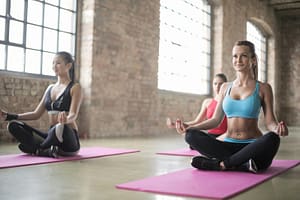
Fabric selection for yoga wear: how to meet consumers’ demand for performance
This article explores the best fabrics for yoga wear, focusing on key materials that provide comfort, performance, and sustainability. By understanding the benefits of each fabric, brands can make smart choices to meet the needs of yoga practitioners while meeting consumer demands for high-performance, comfortable, and environmentally friendly activewear.
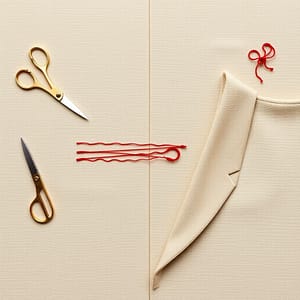
From Fabric to Fashion: The Cutting and Sewing Process Explained
This article explores the vital roles of cutting and sewing in garment production. Cutting shapes the fabric, while sewing brings it together to ensure proper fit and durability. Technological advancements like AI-powered machines and automation are enhancing precision, efficiency, and sustainability. These innovations are reducing waste, enabling faster production, and allowing for more customization. As the industry evolves, cutting and sewing will continue to play a crucial role in shaping a more sustainable, efficient, and consumer-focused future in fashion.
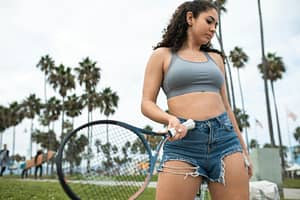
Active Meets Stylish: How to Nail the Athleisure Trend
Discover how to master the athleisure trend with practical tips on styling functional, comfortable pieces for everyday wear. From layering techniques to balancing sporty and chic elements, learn how to incorporate athleisure into your daily wardrobe. Explore key athleisure trends for 2025, including sustainable fabrics, wearable tech, and multi-functional designs, and find out how to seamlessly blend style and performance for a versatile, on-the-go look.
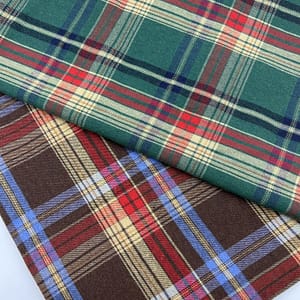
Plaid Fabrics: Style That Endures
Plaid fabrics have stood the test of time, evolving from their Scottish origins to a global fashion and design staple. With their distinct crisscross patterns, plaid is a versatile fabric that adapts to both casual and formal styles. Its enduring appeal lies in its ability to transcend trends, offering timeless sophistication and comfort. In this article, we’ll explore why plaid fabrics continue to captivate and remain relevant in modern fashion and interiors.
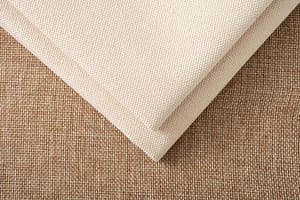
Canvas Fabrics: Durability in Every Thread
Canvas fabric is known for its durability and versatility. Widely used in everything from outdoor gear to fashion, it combines strength with practicality. This fabric has stood the test of time, proving essential in various industries due to its resilience and ability to handle heavy-duty tasks.
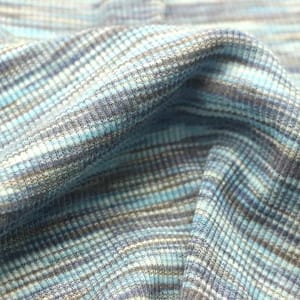
Tricot Fabrics: Soft and Durable
Tricot fabrics are known for their softness, durability, and versatility. As a warp-knit fabric, it combines a smooth texture with flexibility, making it ideal for everything from activewear to lingerie. This fabric’s ability to stretch while maintaining its shape has made it a popular choice in both fashion and functional textiles. In this article, we’ll dive into the features, history, and uses of Tricot fabrics, highlighting why it’s a favorite in modern textile applications.
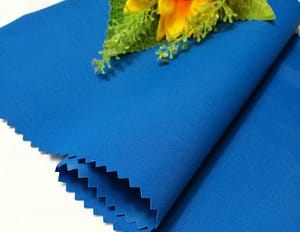
Taslon Fabrics: Designed for the Outdoors
Taslon fabric is a durable, lightweight synthetic material designed for outdoor gear. Known for its strength, water resistance, and breathability, it is ideal for jackets, backpacks, and tents. Originally developed for outdoor activities, Taslon continues to be a top choice for reliable, long-lasting performance in harsh conditions.
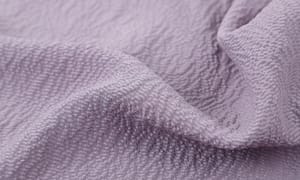
Seersucker Fabrics: Stylishly Crinkled
Seersucker fabric is known for its distinctive crinkled texture and lightweight feel, making it a go-to choice for summer wear. Its breathable, wrinkle-resistant qualities provide both comfort and style, especially in warm weather. Whether in casual shirts or summer suits, seersucker remains a timeless fabric for effortless, cool elegance.

Poplin Fabrics: Smooth and Versatile
Poplin fabric, known for its smooth texture and versatile applications, has remained a staple in the textile industry for centuries. Its lightweight nature and durability make it a preferred choice for a wide range of clothing items, from everyday shirts to formal wear. Whether you’re looking for breathable summer fabrics or a wrinkle-resistant material for easy maintenance, poplin offers both comfort and practicality. In this article, we will explore the origins, characteristics, production process, and various uses of poplin fabric, highlighting why it continues to be a favorite among designers and consumers alike.

Tencel Fabrics: Nature’s Touch in Fashion
Tencel fabric, made from sustainably sourced wood pulp, combines eco-friendliness with luxury. Known for its softness, breathability, and smooth texture, Tencel is becoming a popular choice in fashion and textiles. This article explores its origins, benefits, and growing role in sustainable fashion.
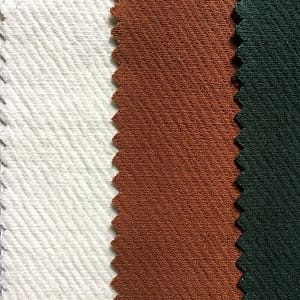
Twill Fabrics: Durable Weaves
Twill fabrics are known for their distinctive diagonal weave, offering a combination of strength, texture, and durability. Widely used in fashion, upholstery, and workwear, twill fabrics provide a perfect blend of style and functionality, making them a timeless choice in textiles.
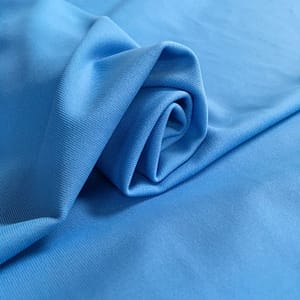
Lycra Fabrics: Stretching the Limits of Comfort
Lycra fabrics are known for their incredible stretch and comfort, making them a popular choice in activewear and fashion. Developed in the late 1950s, Lycra—also called Spandex or Elastane—offers unmatched flexibility and shape retention. This article explores the origins, features, and uses of Lycra, highlighting its role in shaping modern performance and fashion garments.

Suede Fabrics: From Classic to Contemporary
Suede fabrics are known for their luxurious softness and versatile appeal. Originally prized for their durability, suede has evolved over time, finding a place in both classic and contemporary fashion. This article explores the journey of suede fabric, its key properties, and its enduring presence in modern design.
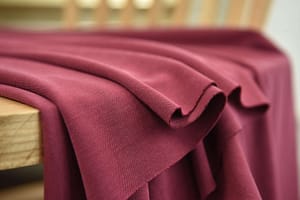
Modal Fabrics: Nature Meets Comfort
Modal fabric combines the best of nature and comfort. Made from beechwood pulp, it offers a soft, breathable texture that’s both eco-friendly and versatile. As sustainability gains importance in fashion, modal’s natural origins and luxurious feel make it a popular choice for consumers seeking comfort without compromise.
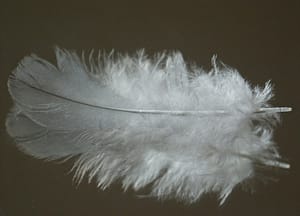
Down Fabrics: Nature’s Insulation
Down fabrics are prized for their natural warmth, softness, and lightweight comfort. Sourced from the underlayer of geese and ducks, down offers superior insulation, making it ideal for outdoor gear, bedding, and apparel. This article explores the origins, characteristics, production process, and uses of down fabrics, highlighting their unique qualities and care requirements.
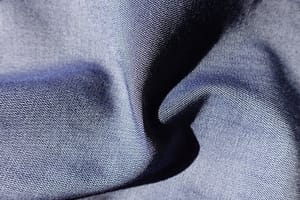
Viscose Fabrics: The Art of Comfort
Viscose fabrics, often known as rayon, are celebrated for their soft, smooth texture and versatility. Made from natural materials like wood pulp, this semi-synthetic fiber offers the luxurious feel of silk with the ease of care associated with synthetics. Lightweight and breathable, viscose fabrics are widely used in fashion and home textiles, making them a comfortable and stylish choice for many.
In this article, we’ll explore what makes viscose a standout fabric, covering its origins, production, benefits, and uses.

Coral Velvet Fabrics: Soft and Luxurious
Coral velvet fabrics are celebrated for their unmatched softness and luxurious feel. Known for their rich texture and vibrant appeal, these fabrics are a favorite in home décor and winter wear. Their unique construction not only offers warmth but also provides a plush, velvety experience, making them a versatile choice for comfort and elegance.
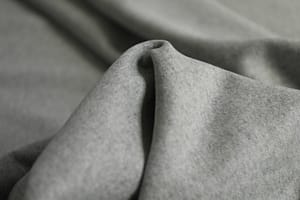
Cashmere Fabrics: Softness Redefined
Cashmere fabrics are celebrated for their luxurious softness and timeless elegance. This article delves into the origins, characteristics, and enduring appeal of this iconic fabric.This article explores the rich history, unique characteristics, and contemporary relevance of cashmere, redefining why this fabric remains synonymous with luxury.
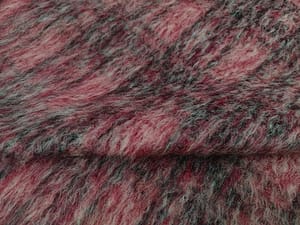
Wool Tweed Fabrics: Heritage in Style
Wool tweed fabric embodies timeless elegance and durability, combining traditional craftsmanship with rustic charm. Originating from the rugged landscapes of Scotland, it has evolved from rural utility to a global fashion staple, blending heritage with contemporary style.
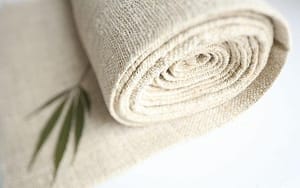
Bamboo Fabrics: Eco-Friendly Comfort
Bamboo fabrics offer a perfect blend of eco-friendliness and comfort. Known for their softness and sustainability, these fabrics are gaining popularity as a versatile choice for textiles in fashion and home products.
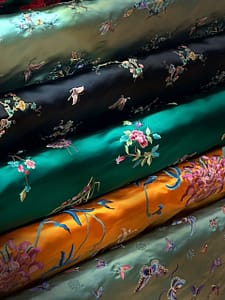
Satin Fabrics: Smooth and Luxurious
Satin fabrics are renowned for their smooth texture and luxurious appearance, making them a staple in both fashion and home décor. Characterized by their glossy surface and elegant drape, satin has long been associated with sophistication and opulence.
From evening gowns to sumptuous bedding, satin’s versatility ensures its presence in a variety of applications. This article explores the fascinating world of satin fabrics, delving into their origins, characteristics, types, and more.

